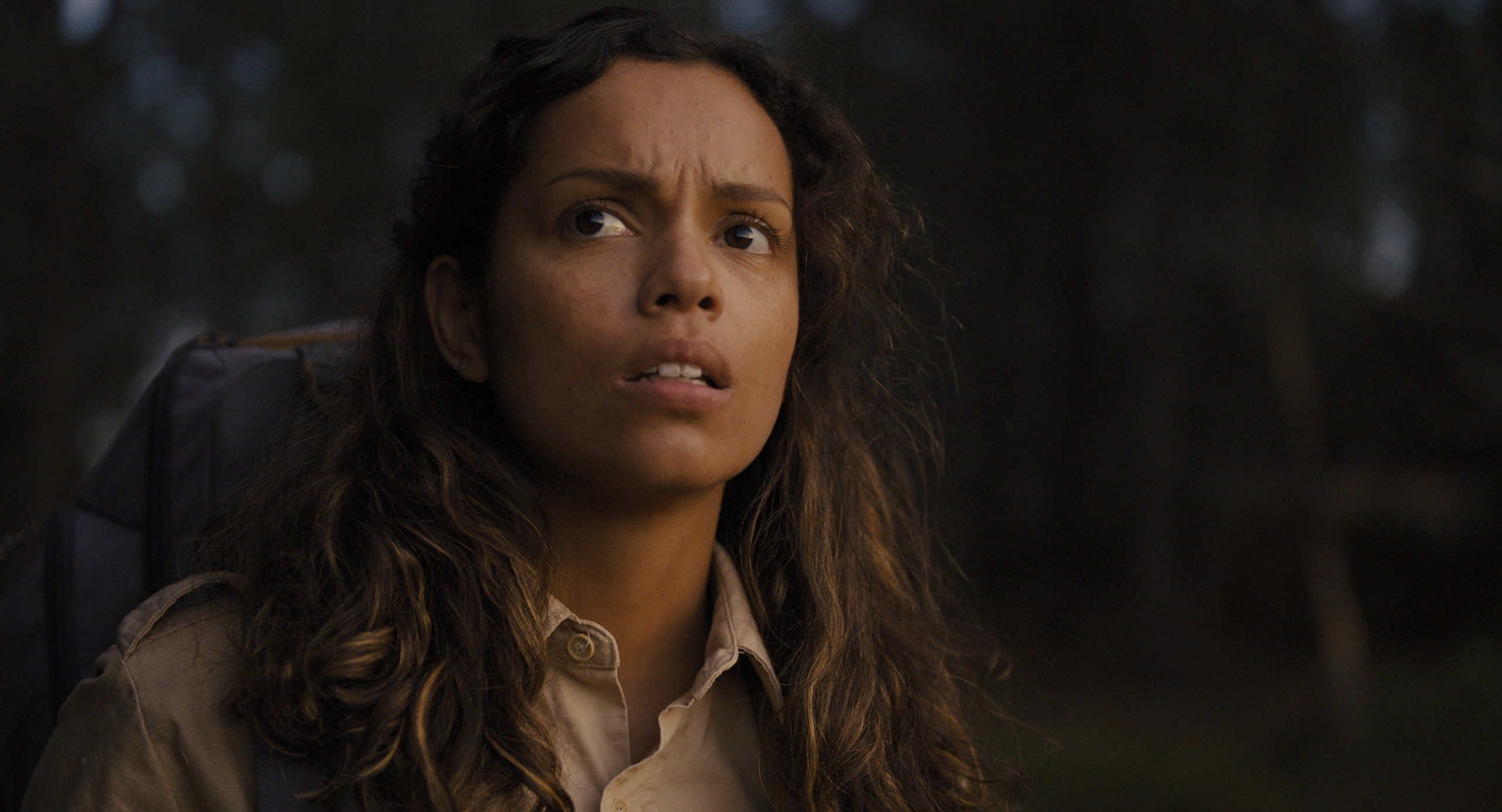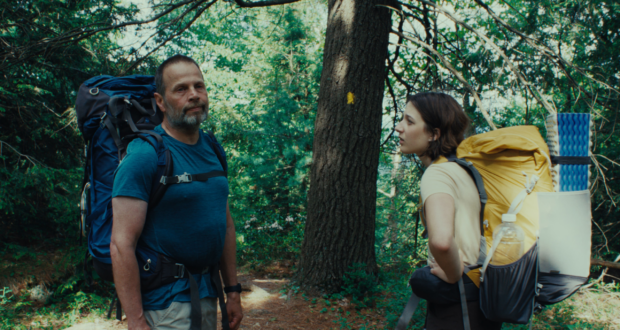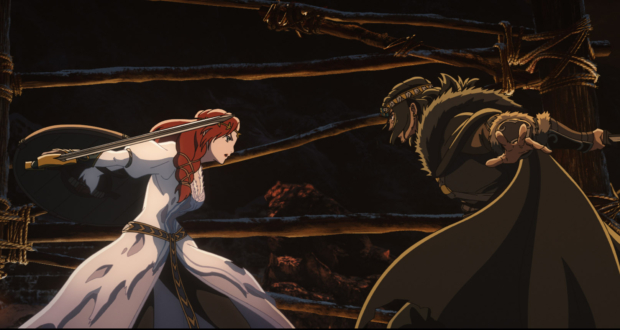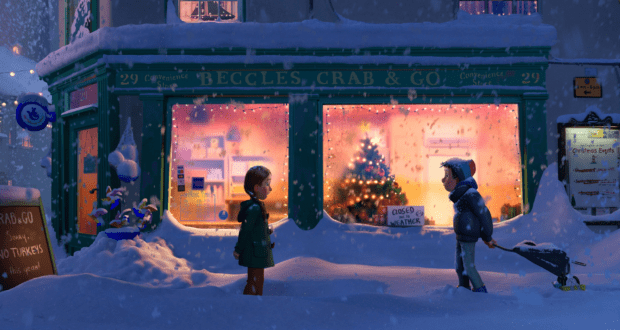Lovely, Dark, and Deep, a horror film written and directed by Teresa Sutherland in what marks her ambitious feature-length debut, presents an unsettling journey into the heart of an isolated national park. At its core, the movie introduces us to Lennon (played by Georgina Campbell), a back-country ranger venturing into a new job and, unwittingly, into the depths of an ominous mystery that lurks among the trees.
The Good:
The film unfolds within a haunting landscape, leveraging the vast, uncharted territories of a national park that has recently been marred by disappearances of not only fellow rangers but also members of the public. Such a premise promises a chilling backdrop for what could potentially unravel as a gripping tale of survival, paranoia, and the unseen horrors of the natural world. While Sutherland ambitly reaches into the dark crevices of psychological and existential horror, the execution fluctuates, leaving viewers ensnared in a web of unfulfilled potential.
Campbell, taking the lead as Lennon, offers a performance imbued with both vulnerability and determination. It serves as the emotional anchor of the film. As a newcomer to the eerie environment, Lennon embodies the audience’s fears and fascinations, drawing us deeper into the mystery. Her portrayal, nuanced and engaging, stands out as a beacon amidst the narrative’s foggy expanses. Supporting performances, including Nick Blood as Jackson and Wai Ching Ho as Zhang, add layers of intrigue and depth, though the film occasionally stumbles in fully utilizing its cast to enhance the story’s emotional and thematic stakes.
Sutherland, as both writer and director, demonstrates a commendable attempt at weaving together themes of isolation, the fear of the unknown, and humanity’s smallness in the face of nature’s immensity. Visually, Lovely, Dark, and Deep is a feast, capturing the haunting beauty and treachery of its setting. The cinematography, rich in earthy tones and shadows, creates an atmosphere that is, at once, both mesmerizing and foreboding. However, it is in the marriage between these thematic aspirations and their realization where the film sometimes falters.
The Bad:
The pacing of Lovely, Dark, and Deep waxes and wanes, akin to the cycles of tranquility and terror that permeate the park’s seemingly tranquil landscape. At times, the slow burn approach effectively builds tension and atmosphere, allowing the audience’s anticipation and dread to flourish. Yet, there are moments where this deliberateness teeters into the realm of stagnation. It leaves one craving more progression or insight into the unraveling mystery. This inconsistent pacing, paired with a narrative that occasionally indulges in ambiguity at the expense of clarity, can render the journey through the film’s darker corners a bewildering trek rather than an exhilarating exploration.
Moreover, while the film’s premise and atmospheric setting lay a solid foundation for a profound horror experience, Lovely, Dark, and Deep grapples with its identity, at times straddling the line between psychological depth and conventional genre tropes without fully committing to either. The potential for a gripping, existential examination of nature, both external and within, is palpable. But, the film’s reach occasionally exceeds its grasp. The plot, ambitious in its scope, sometimes navigates through predictable waters. While it aspires to transcend typical horror formulas, it falls short of delivering a wholly original or transformative narrative.
Overall:
Nonetheless, Lovely, Dark, and Deep should not be dismissed lightly. The film harbors moments of genuine tension and terror, punctuated by scenes that linger long after the credits roll. Its themes of loneliness and the primeval fear of being lost—both in the environment and within oneself—showcase Sutherland’s talent as a filmmaker who understands human emotion and the uncanny.
Teresa Sutherland’s Lovely, Dark, and Deep stands as a film of contrasting lights and shadows. It offers viewers a trek through the ominous and enigmatic depths of nature and the human psyche. It’s anchored by a commendable performance from Georgina Campbell. It achieves eerie beauty and unnerving horror despite its tortuous route that sometimes veers into ambiguity and predictability. This debut marks Sutherland as a filmmaker of notable ambition and vision. Even if this particular venture into the wilderness does not fully escape the thicket of its own making. Lovely, Dark, and Deep, despite flaws, draws viewers into a world that calls us to look closer.
Lovely, Dark, and Deep Review: Contrasting Lights and Shadows
-
Acting - 8/10
8/10
-
Cinematography/Visual Effects - 7.5/10
7.5/10
-
Plot/Screenplay - 6/10
6/10
-
Setting/Theme - 5/10
5/10
-
Watchability - 6/10
6/10
-
Rewatchability - 4/10
4/10















